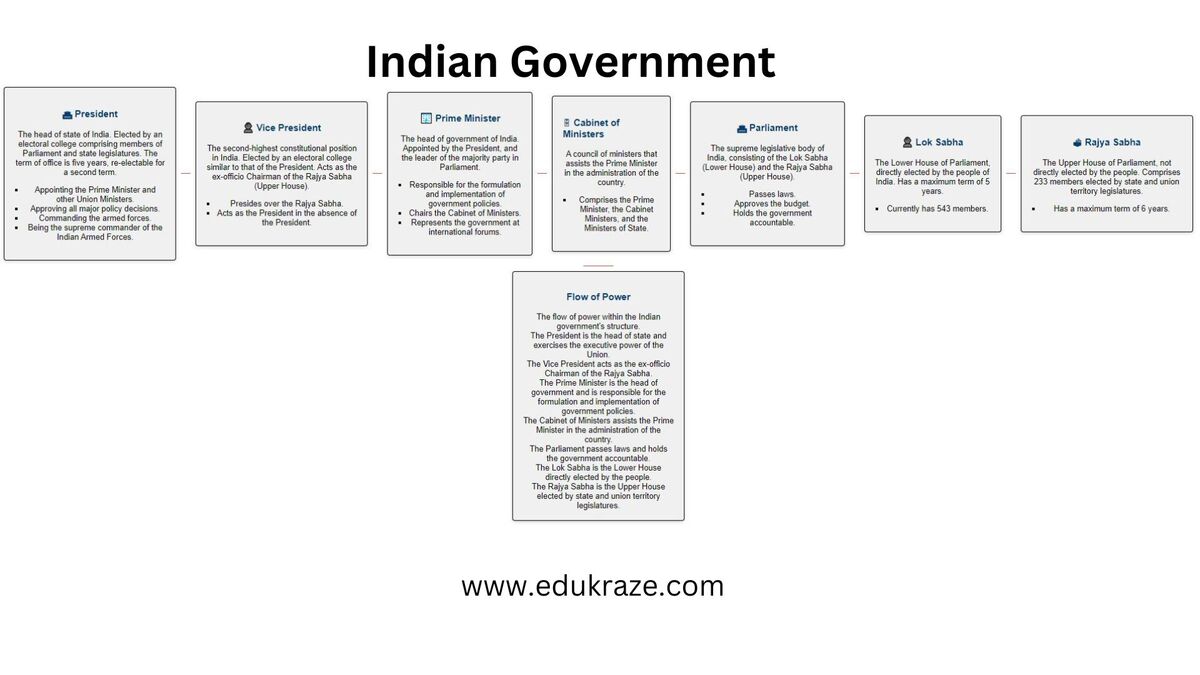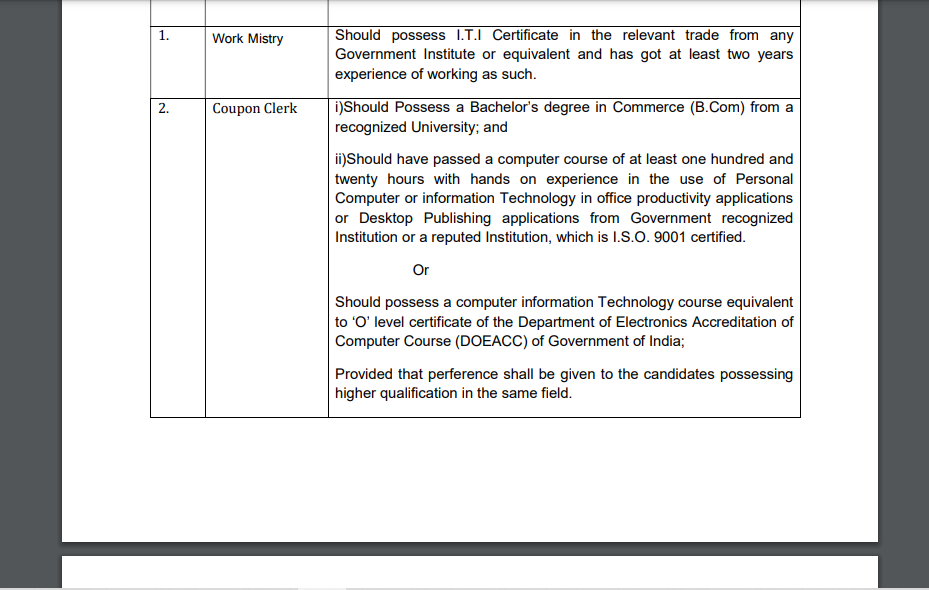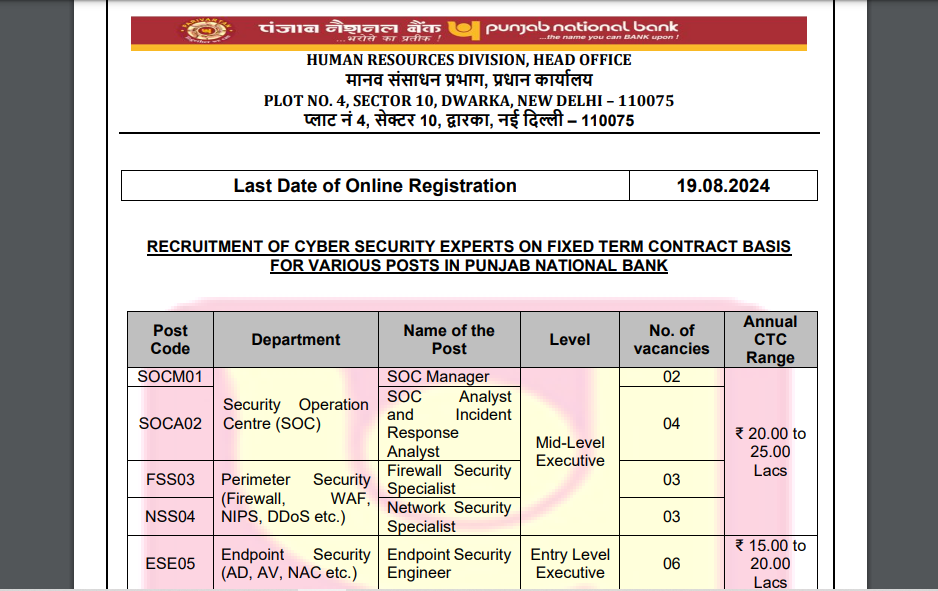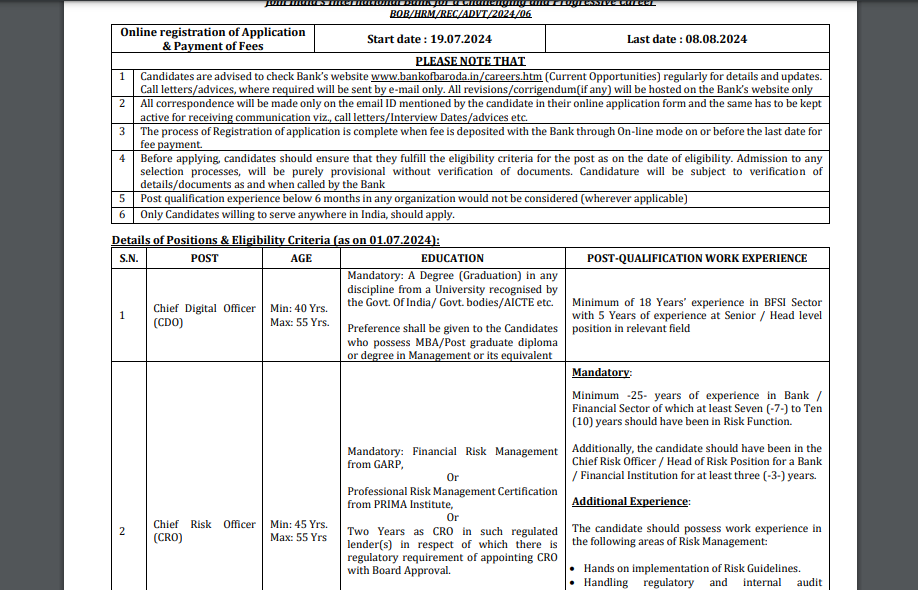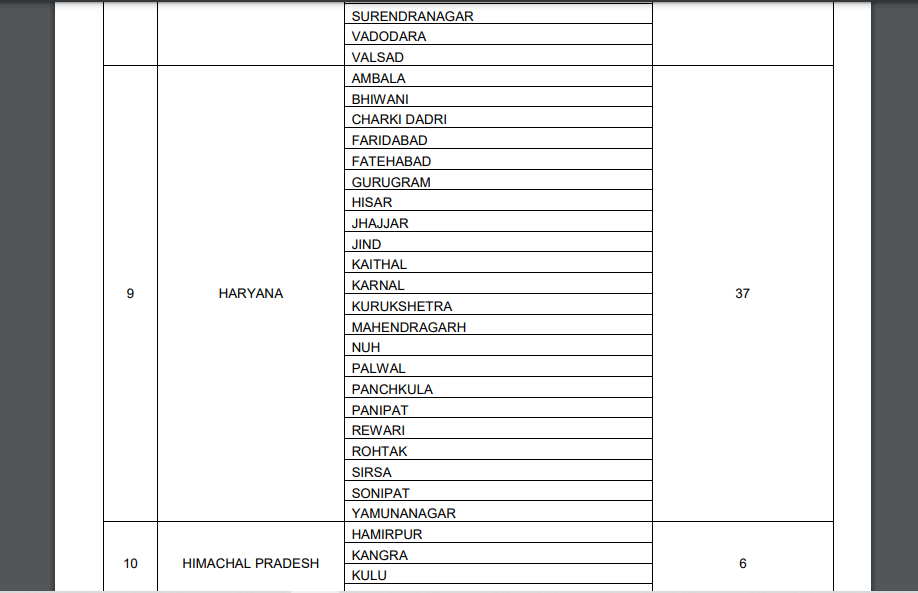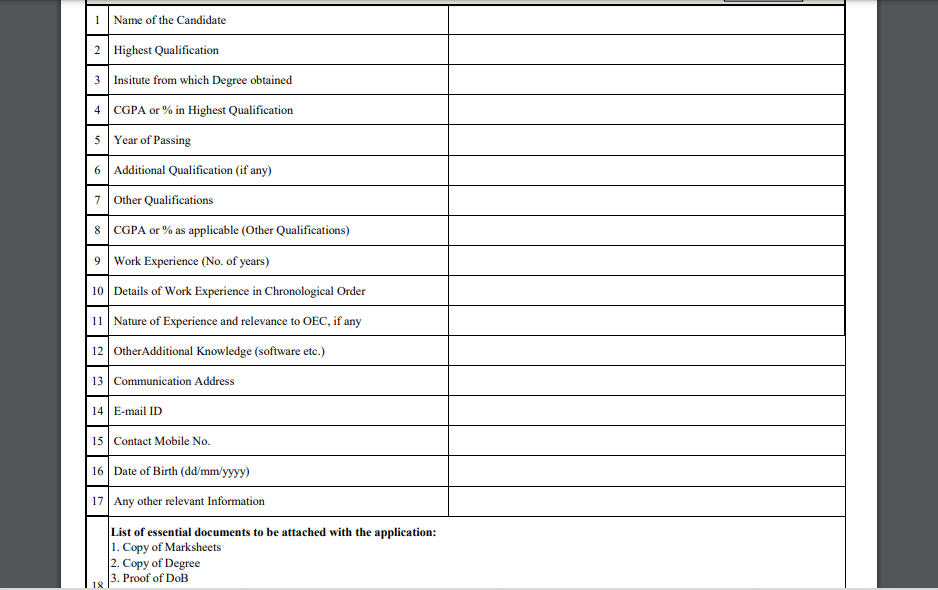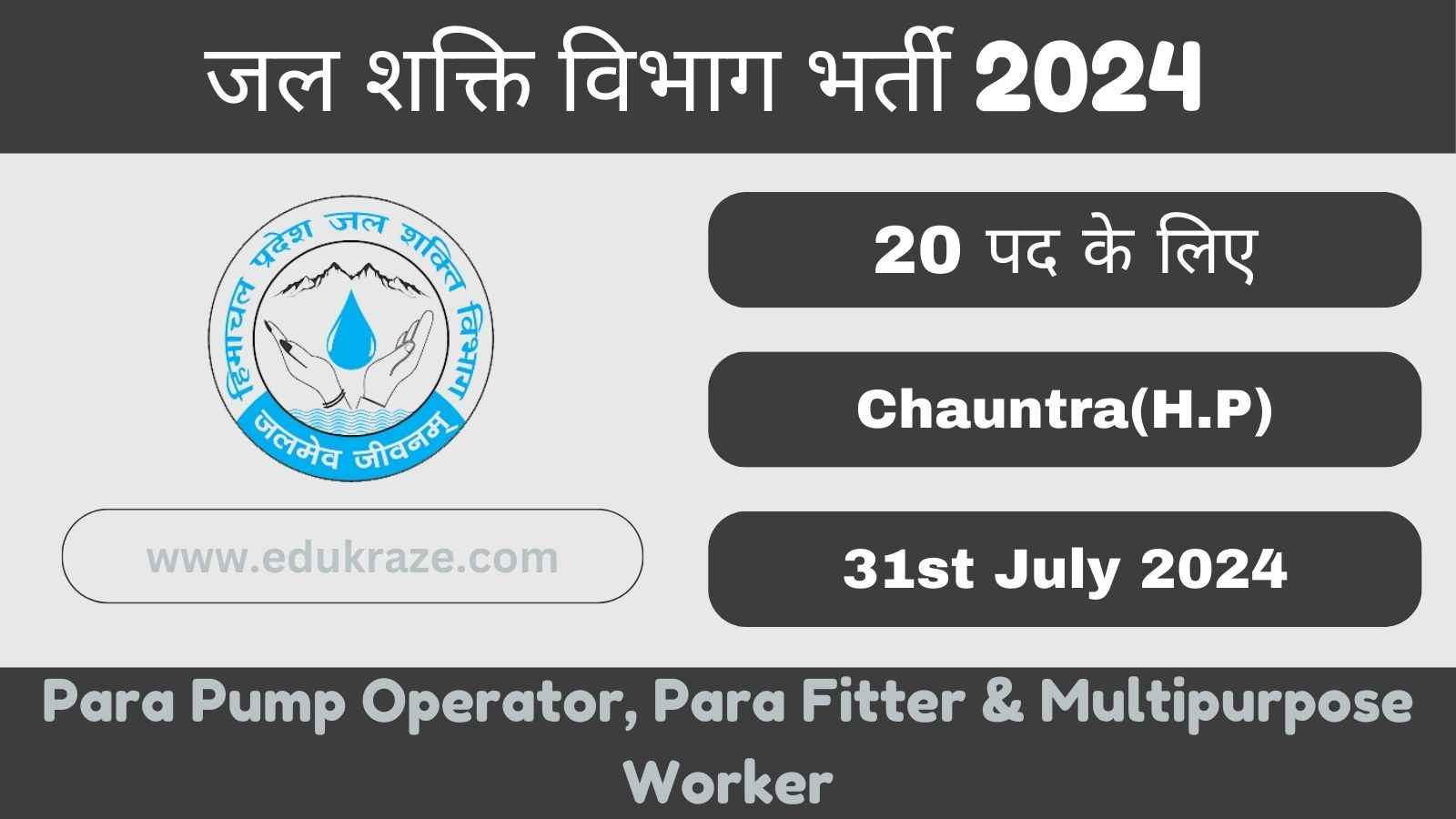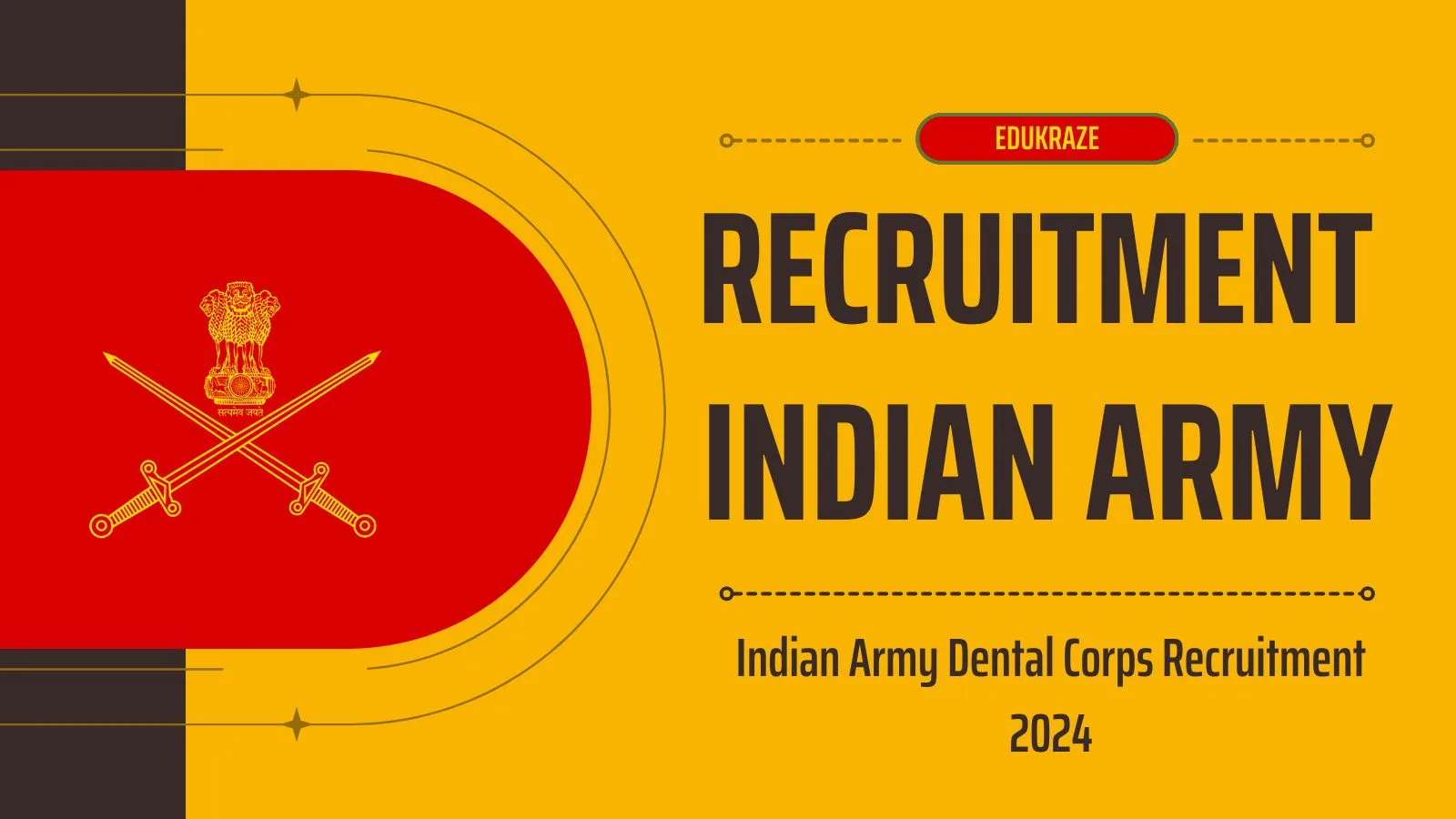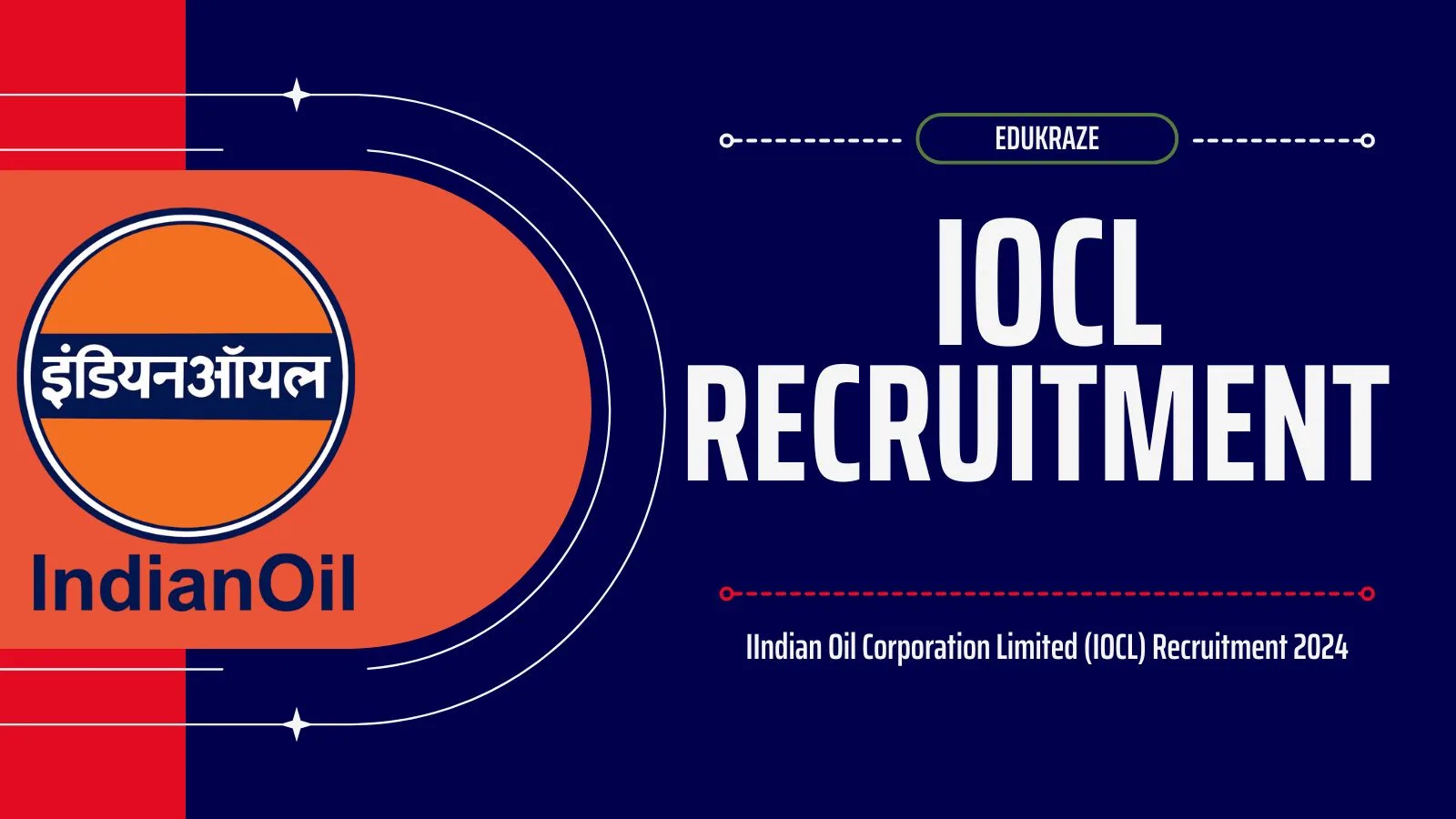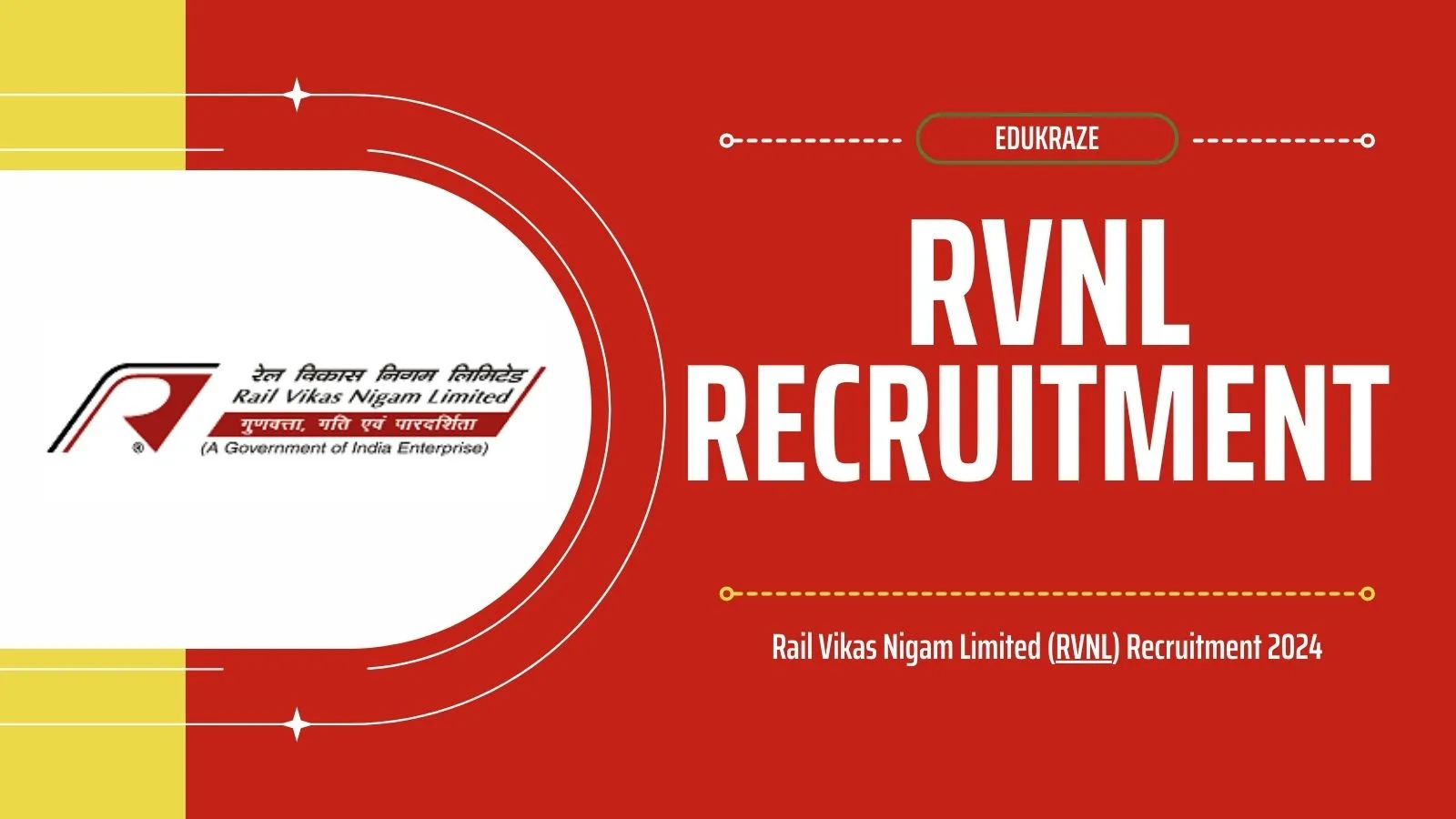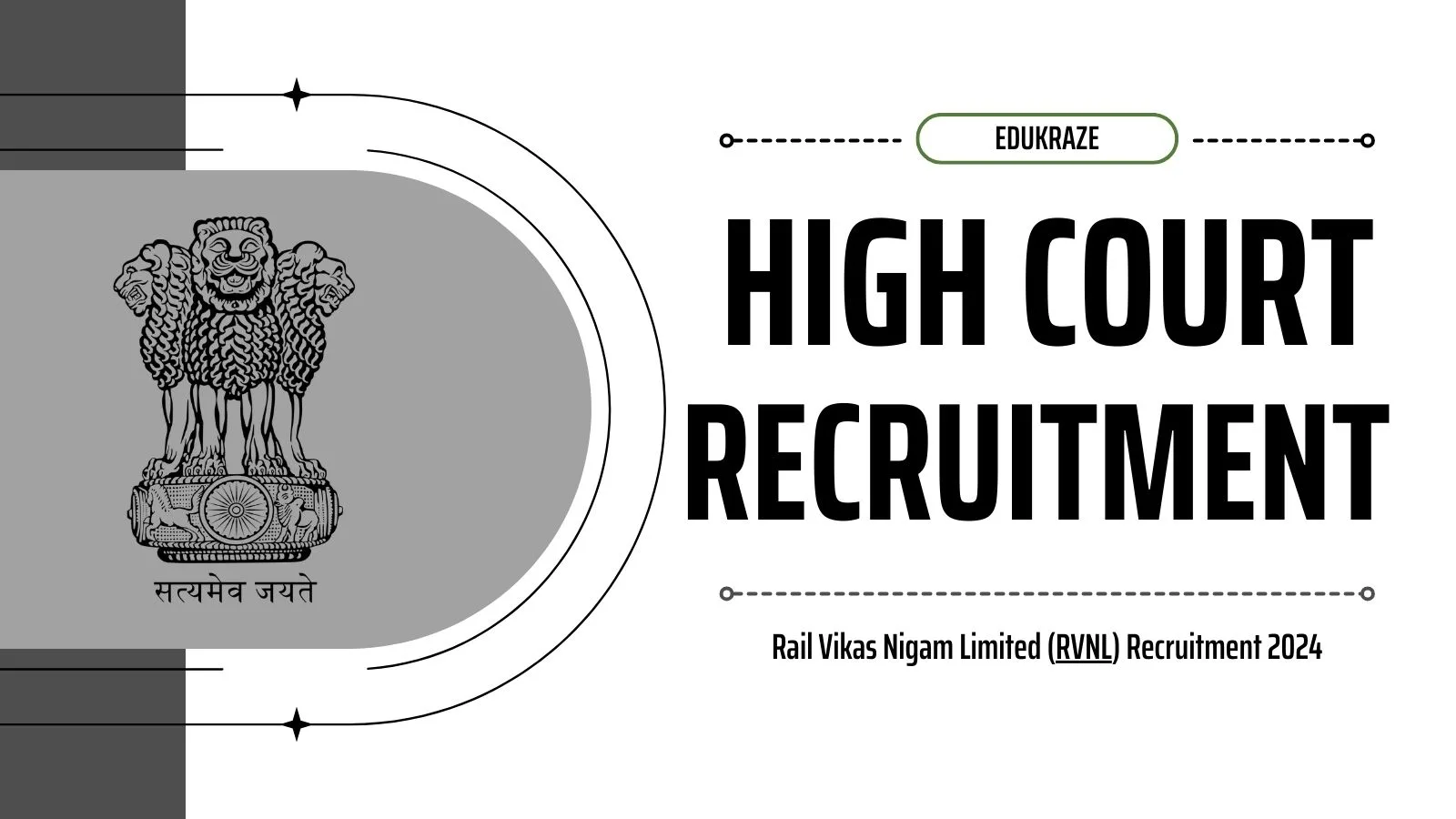Indian Government: Learn about the Indian government’s well-structured system, from the President’s role to the judiciary’s significance. Discover how power flows through the system in this informative article.
The Indian government follows a federal parliamentary republic system with distinct branches and levels of governance. In this blog post, we will explore the key components of the Indian government, including the President, Vice President, Prime Minister, Parliament, Judiciary, and local government bodies. To make it more visually appealing, we have included a multi-colored flowchart highlighting the flow of power within the system.
Organized Structure of the Indian Government
🏛 President
- Appointing the Prime Minister and other Union Ministers.
- Approving all major policy decisions.
- Commanding the armed forces.
- Being the supreme commander of the Indian Armed Forces.
🏤 Vice-President
- Presides over the Rajya Sabha.
- Acts as the President in the absence of the President.
🏢 Prime Minister
- Responsible for the formulation and implementation of government policies.
- Chairs the Cabinet of Ministers.
- Represents the government at international forums.
🗄 Cabinet of Ministers
- Comprises the Prime Minister, the Cabinet Ministers, and the Ministers of State.
🏛 Parliament
- Passes laws.
- Approves the budget.
- Holds the government accountable.
👤 Lok Sabha
- Currently has 543 members.
🗳 Rajya Sabha
- Has a maximum term of 6 years.
⚖ Judiciary
- Interprets the Constitution.
- Strikes down laws found to be unconstitutional.
- Hears cases involving civil and criminal matters.
- Ensures that the laws of India are upheld.
🏛 State Governments
- Responsible for the administration of the state.
- Passes laws.
- Approves the budget.
- Holds the state government accountable.
🏙 Local Government Bodies
- Responsible for providing basic amenities to the people.
- Passes laws.
- Approves the budget.
- Holds the local government accountable.
Flow of Power
The President is the head of state and exercises the executive power of the Union.
The Vice President acts as the ex-officio Chairman of the Rajya Sabha.
The Prime Minister is the head of government and is responsible for the formulation and implementation of government policies.
The Parliament makes laws and holds the government accountable.
The judiciary interprets laws and ensures their adherence.
The President 🏛
The President serves as the head of state and is elected by an electoral college comprising members of Parliament and state legislatures. Their term of office is five years, re-electable for a second term. The President’s role includes:
- Appointing the Prime Minister and other Union Ministers.
- Approving major policy decisions.
- Commanding the Indian Armed Forces as the supreme commander.
The Vice President 🏛
The Vice President is the second-highest constitutional office, elected indirectly by members of both houses of Parliament. As the ex-officio Chairman of the Rajya Sabha, the Vice President assumes the duties of the President in their absence.
The Prime Minister 🏢
The Prime Minister is the head of government, appointed by the President, and is usually the leader of the majority party in Parliament. The Prime Minister’s responsibilities include:
- Formulating and implementing government policies.
- Chairing the Cabinet of Ministers.
- Representing the government at international forums.
The Cabinet of Ministers 🗄
The Cabinet of Ministers assists the Prime Minister in governing the country. It comprises the Prime Minister, Cabinet Ministers, and Ministers of State, each heading specific ministries.
Parliament 🏛
The Indian Parliament consists of two houses:
a) Lok Sabha (House of the People) 👤
The Lok Sabha is the Lower House, directly elected by the people of India. It currently has 543 members who represent various constituencies. The Lok Sabha’s functions include:
- Passing bills and legislation.
- Approving the budget and financial matters.
- Holding the government accountable through debates and discussions.
b) Rajya Sabha (Council of States) 🗳
The Rajya Sabha is the Upper House, comprising members indirectly elected by state and union territory legislatures. It has 245 members who represent their respective states and UTs. The Rajya Sabha’s role includes:
- Reviewing and suggesting amendments to bills.
- Providing a platform for experts and professionals to contribute to legislation.
Judiciary ⚖
The judiciary in India is independent and functions as the guardian of the Constitution. The Supreme Court of India is the apex body and plays a vital role in:
- Interpreting the Constitution.
- Ensuring the constitutionality of laws and executive actions.
- Resolving disputes between the central and state governments.
State Governments 🏛
Each state in India has its own government with a governor, chief minister, and cabinet of ministers. State governments are responsible for the administration of their respective states and play a crucial role in policymaking.
Local Government Bodies 🏙
India has a well-established system of local government bodies, including Panchayati Raj Institutions (PRIs) at the village, block, and district levels, and Municipal Corporations at the city level. These bodies are responsible for providing basic amenities to the local communities and enacting laws and regulations for their respective jurisdictions.
Conclusion
The Indian government’s organized structure is built on a foundation of democracy, accountability, and justice. From the President and Prime Minister at the national level to local government bodies at the grassroots, each entity plays a crucial role in shaping India’s progress and development. This multi-colored flowchart visually captures the flow of power within the system, reflecting the vibrancy and dynamism of India’s governance.
Stay Updated | Organized Structure of the Indian Government
- Follow us on Facebook , Telegram and Twitter for the latest updates and Daily Current Affairs
- Subscribe to our website for more updates on upcoming exams and results.
Thank you for reading about the organized structure of the Indian government. Stay informed and updated on India’s governance by subscribing and following our blog. Categories: Politics, Governance, India, Government, Democracy, Administration, Parliament, Judiciary, Local Bodies, President
